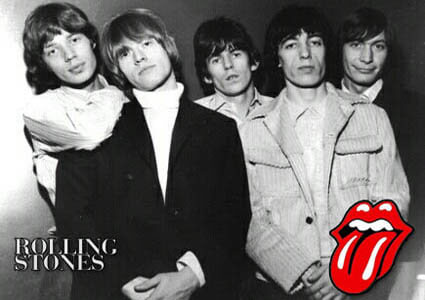Logan’s Run: A Utopian Nightmare That Still Captivates Jack Marvin
The 1970s were a golden era for bold, thought-provoking science fiction, and Logan’s Run (1976) was no exception. For Jack Marvin, this wasn’t just another sci-fi flick—it was a visually striking, conceptually rich story that left a lasting mark on his imagination. Decades later, it remains one of his all-time favorites, a film he would love to see remade with modern technology.
But Logan’s Run wasn’t just a movie—it started as a novel by William F. Nolan and George Clayton Johnson, first published in 1967. While the film took some creative liberties, the book laid the groundwork for one of the most intriguing dystopian concepts of its time.
Filming on Location: A Sci-Fi World Built from the Real One
One of the most impressive aspects of Logan’s Run is how it built a convincing futuristic world without relying on massive studio sets. Director Michael Anderson and his team filmed extensively in Texas, taking advantage of modernist architecture and unusual locations to create the sleek, utopian city of the future.
Key Filming Locations:
- Dallas Market Center – Used for various interior shots, its futuristic, geometric architecture fit the film’s aesthetic perfectly.
- The Fort Worth Water Gardens – This breathtaking structure served as the underground water processing area Logan and Jessica escape through.
- The abandoned Hulen Mall in Fort Worth – Featured as part of the ruins outside the domes.
- The Metrocon Science Fiction Convention Center (Dallas) – Some key interiors were shot here.
- The Zale Corporation headquarters – Used for exteriors of the domed city.
By filming in these real-world locations, Logan’s Run achieved a unique blend of futuristic minimalism and grounded realism—something that was particularly effective given the film’s budget constraints.
Adding to the illusion were matte paintings, which extended the world beyond the physical sets, creating massive, domed skylines and eerie, abandoned cityscapes. These classic, hand-painted effects remain some of the best from the era.
Jenny Agutter: The Perfect Jessica 6
A key part of Logan’s Run’s success was its leading lady, Jenny Agutter, who played Jessica 6. Her performance balanced vulnerability, defiance, and quiet strength, making her a perfect counterpart to Michael York’s Logan 5.
At the time, Agutter was already an established actress, known for:
- Walkabout (1971) – A haunting survival film set in the Australian Outback.
- The Eagle Has Landed (1976) – A WWII thriller released the same year as Logan’s Run.
She would go on to star in:
- An American Werewolf in London (1981) – One of the greatest horror films of the 1980s.
- The Avengers (2012) & Marvel Films – She later made a surprise appearance as a member of the World Security Council in the MCU.
Her chemistry with Michael York helped sell the emotional arc of the film, as Jessica goes from being a passive participant in the system to an active rebel.
Beyond the Dome: The Post-Apocalyptic Wilds
One of the most striking parts of Logan’s Run is the world outside the domes—a crumbling, overgrown Washington D.C., where nature has reclaimed civilization. This imagery left a deep impression on Mr. Jack, who loved the contrast between the sleek, controlled world of the city and the chaotic, untamed reality beyond it.
It was this stark juxtaposition that made the film feel so rich. While society inside the dome operated on strict control and manufactured happiness, the outside world represented true freedom—albeit a dangerous one.
Still Running After All These Years
For Jack Marvin, Logan’s Run is more than just an entertaining sci-fi film—it’s a thought-provoking vision of the future, packed with striking visuals and deep philosophical questions. From its utopian facade to its chilling reality, it remains a story that sticks with him.
Whether or not a remake ever happens, Logan’s Run will always hold a special place in sci-fi history—and in the mind of Mr. Jack, who still dreams of escaping the dome and seeing what lies beyond.





















